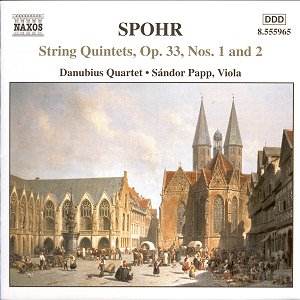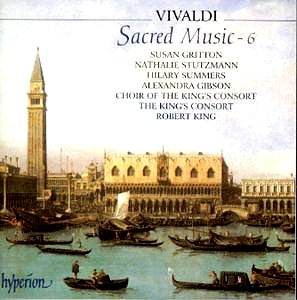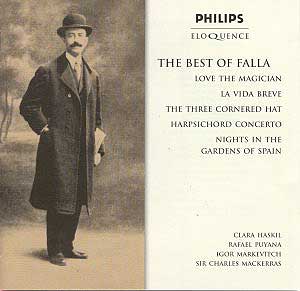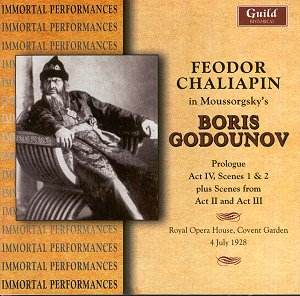 Composer: Louis Spohr
Composer: Louis Spohr
Works: Complete String Quintets Volume 1 – Quintets Op. 33 Nos. 1 and 2
Performers: Danubius Quartet with Sandor Papp, Second Viola
Recording: February and March 1993 at the Unitarian Church, Budapest
Label: NAXOS 8.555965
The string quintets of Louis Spohr, a prominent figure in early Romantic music, reveal a composer engaged with the expanding language of chamber music during the early 19th century. Spohr, who served as orchestral director at the Theater an der Wien, responded to the commercial imperatives of his time by crafting works that were not only innovative but also accessible, designed for the salons frequented by the bourgeoisie. His Op. 33 Quintets, composed under a peculiar arrangement with the violinist Johann Tost, exemplify this blend of pragmatism and artistic ambition, inviting both scrutiny and appreciation from contemporary audiences.
The Danubius Quartet, along with violist Sandor Papp, delivers a spirited interpretation of these quintets, particularly highlighting the contrasting character of the two works presented in this volume. The Op. 33 No. 2, composed first, stands out for its structural coherence and thematic development. The opening Allegro impresses with its expansive fourteen-minute duration, showcasing Spohr’s mastery of counterpoint, despite criticisms regarding the thematic repetitiveness noted by contemporary reviewers. The musicians navigate these intricacies with a keen sense of dialogue, particularly in the Scherzo, where the interplay between the first violin and the accompanying voices introduces a delightful wit. The third movement variations allow each instrument to shine, especially the cello, whose lyrical lines provide a rich counterweight to the more virtuosic demands placed upon the first violin.
In contrast, Op. 33 No. 1, while charming, does not attain the same level of innovation or depth. The Allegro presents elegant high-lying passages that are well-executed, yet the movement lacks the thematic richness of its predecessor. The slow movement attempts a gravitas that is soon punctured by the Minuet’s lively character, reflecting Spohr’s penchant for juxtaposing mood. The finale, an Allegretto, incorporates a touching slow interlude that exhibits Spohr’s romantic sensibilities but ultimately feels derivative compared to the earlier work. This disparity in compositional strength is reflected in the performance, with the musicians clearly more engaged in the more robust Op. 33 No. 2.
The recorded sound quality is generally commendable, capturing the warmth of the ensemble while allowing the individual voices to emerge distinctly, although there are moments of muddiness in the inner parts that detract from the overall clarity. The setting at the Unitarian Church in Budapest provides a resonant acoustic that enriches the timbral palette of the strings. Still, the engineering could have benefitted from a more nuanced balance, particularly in the quieter passages where the subtleties of Spohr’s writing might otherwise shine.
While there are other recordings of Spohr’s quintets available, such as those by the Schubert Ensemble, this interpretation by the Danubius Quartet stands out for its vivacity and commitment to exploring Spohr’s lyrical qualities. The ensemble’s ability to convey the playful spirit of these works, particularly in the second quintet, demonstrates a deep understanding of the composer’s idiom.
An appreciation of Spohr’s contributions to the chamber music repertoire is essential for understanding the evolution of string ensembles in the 19th century. The Danubius Quartet, with their deft handling of the material, captures both the charm and the craftsmanship inherent in Spohr’s compositions. These quintets may not reach the profound emotional depths of later Romantic works, yet they provide a delightful window into the past, showcasing Spohr as a bridge between Classical clarity and Romantic expressiveness. This recording is a valuable addition for those wishing to explore the breadth of Spohr’s artistic legacy.



